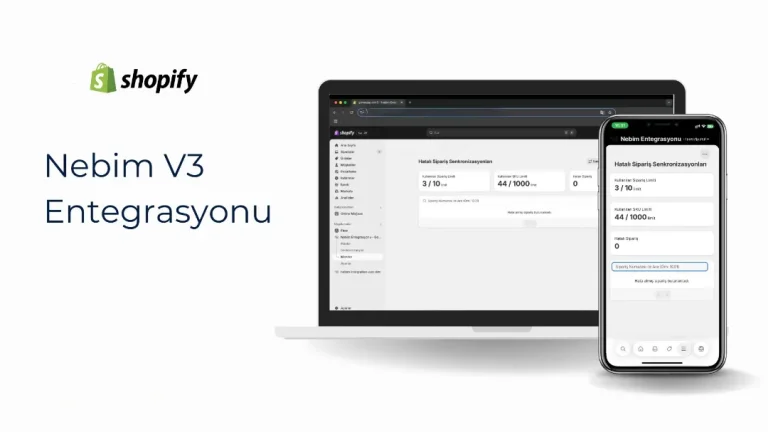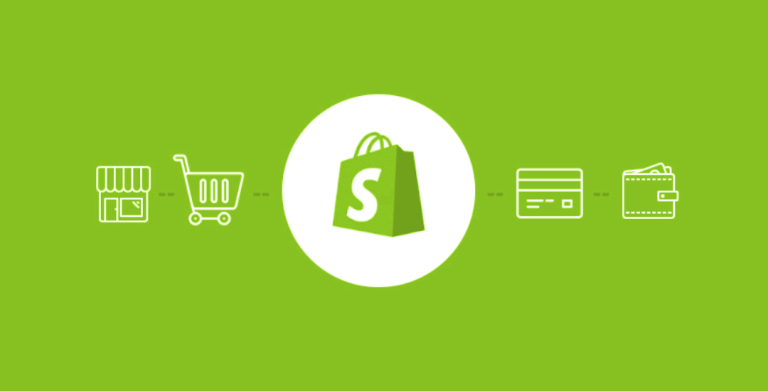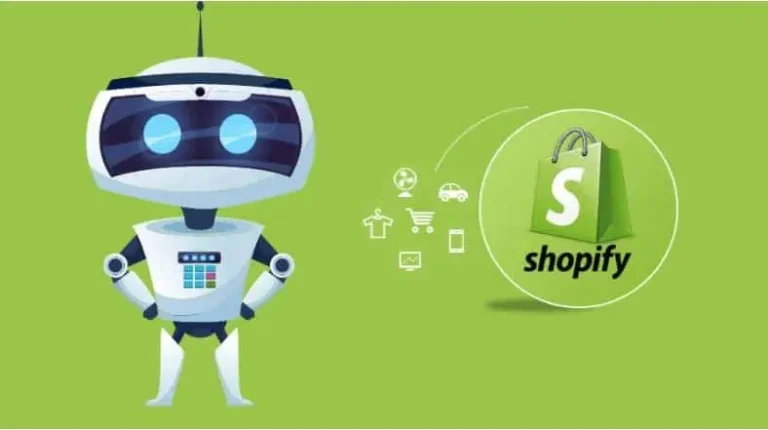Social Media
In the world of e-commerce, every platform offers different advantages. However, with its user-friendly interface, vast app ecosystem, and advanced customization options, Shopify has become indispensable for many businesses. If you’re considering migrating your current e-commerce infrastructure to Shopify, taking the right steps will help you transfer your data without loss and ensure a seamless customer experience.
In this article, we’ll walk you through the essential steps of moving everything from products and customer data to order history and category structures during your transition to Shopify.
1. Pre-Migration Preparation: Review Inventory and Data
Before you begin the migration process, it’s crucial to audit all the data on your current site. You need to identify:
- Which products will be transferred
- Which customer records are still active
- Which orders need to be migrated
At this stage, make sure to:
- Separate out-of-stock or discontinued products
- Correct any missing or inaccurate customer records
- Classify order history by year or specific time periods
This preliminary work will ensure a much smoother migration process.
2. Set Up Your Shopify Store
ShBefore migrating to Shopify, you’ll need to create your new store. During this step:
- Point your domain to Shopify or set up a new domain
- Choose a theme and customize it according to your brand identity
- Configure tax, shipping, and payment settings
Once the infrastructure is ready, you can start transferring your data.
3. Transferring Products
There are several ways to migrate your products to Shopify:
Automated Migration Tools
SApps like LitExtension and Matrixify (formerly Excelify) on the Shopify App Store allow you to automatically import products using XML or CSV files. These tools make it easy to migrate:
- Category and collection tags
- Product names, descriptions, prices
- Variants and inventory levels

Manual Migration
For smaller-scale stores, exporting products in CSV format and manually uploading them to Shopify is a practical solution. However, image assignments may need to be handled manually in this method.
4. Transferring Customer Data
Customer information is at the heart of e-commerce. Ensuring a complete and accurate transfer is critical for maintaining a consistent shopping experience.
The following can be migrated via CSV or migration tools:
- Basic data like name, email, and phone
- Address book entries
- Account creation dates
Note: Shopify does not allow password migration for security reasons. You’ll need to notify customers to reactivate their accounts via email.
5. Backing Up and Migrating Order History
SiOrder history is essential for reporting and customer service. Shopify allows order history migration, though some platforms only allow historical orders to be transferred in a read-only format.
You can back up and migrate data such as:
- Order number, date, product details
- Shipping status and payment method
- Billing and shipping addresses
Advanced migration tools can link this data accurately and import it without issues.
6. Test Edin ve Yayına Alın
6. Test and Launch
Once all data has been transferred, it’s crucial to thoroughly test every aspect of your store:
- Are product pages displaying correctly?
- Are customer accounts accessible?
- Is the cart and checkout process functioning properly?
After testing is complete, point your domain to your new Shopify store and go live.
Migrating to Shopify can be a smooth and efficient process when properly planned. By carefully transferring your products, customer information, and order history, you’ll protect your SEO value and provide your customers with an uninterrupted shopping experience.
Consider seeking professional support to further streamline the process.
Remember: your digital store is your brand’s storefront. The attention you give during the migration directly impacts your long-term success.
To learn more about Marker Groupe’s development services, visit MarkerGroupe.com or reach out to us via hello@markergroupe.com.




